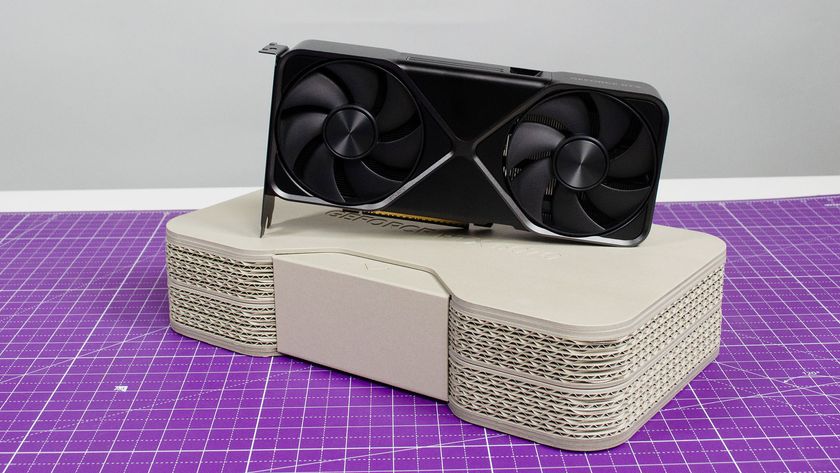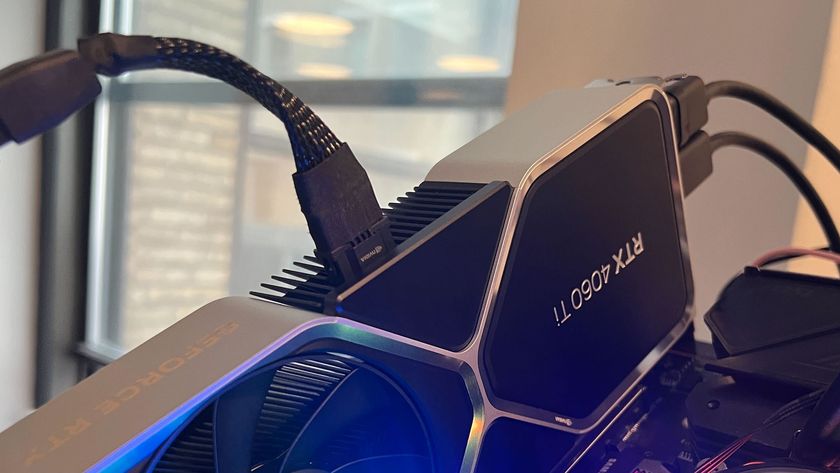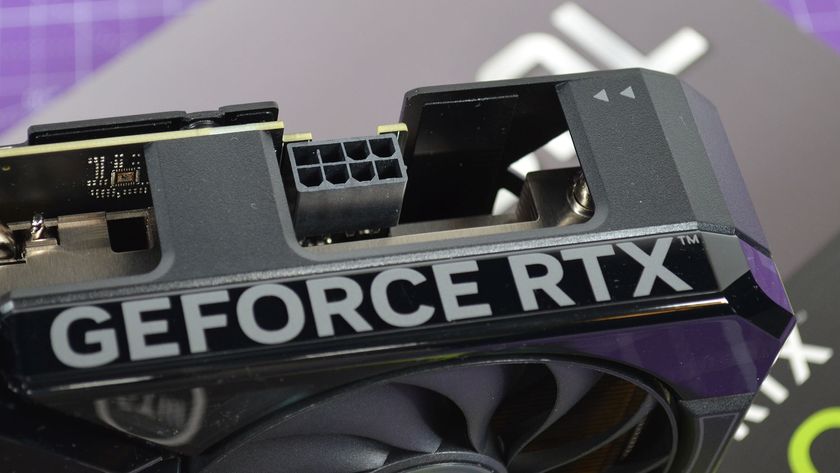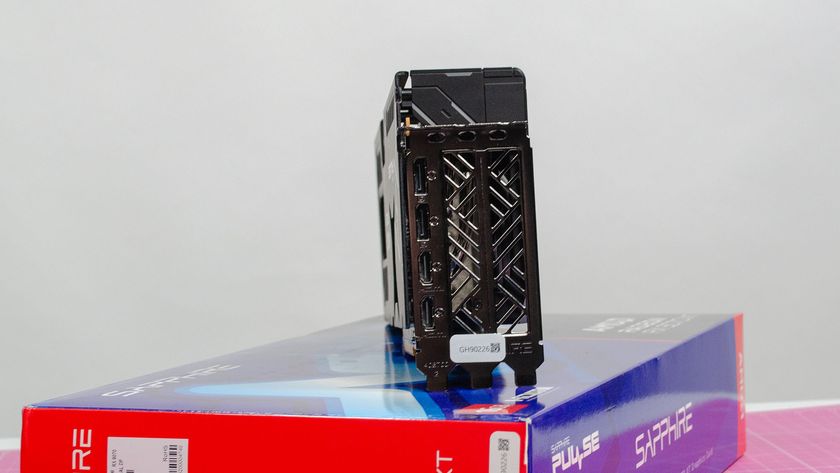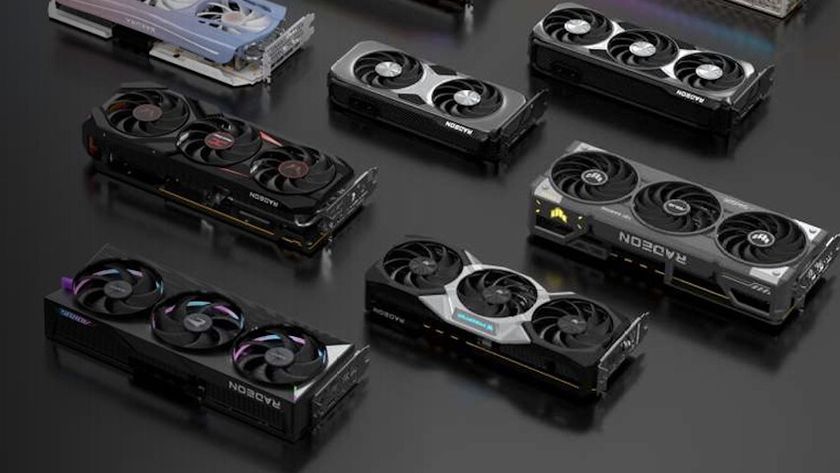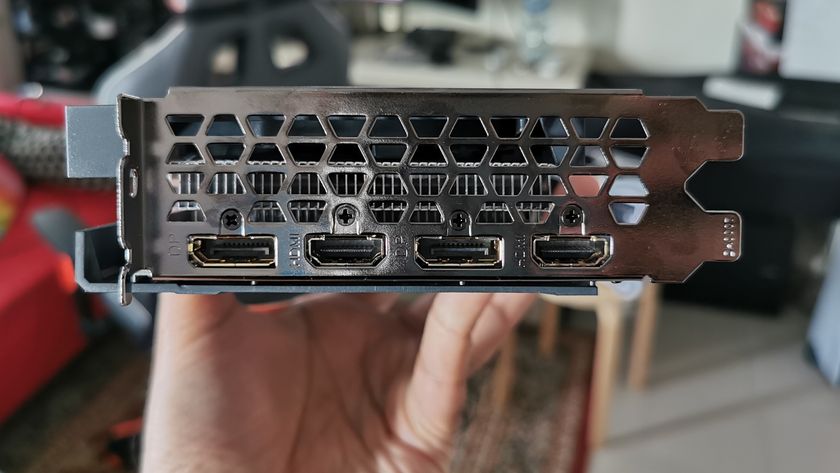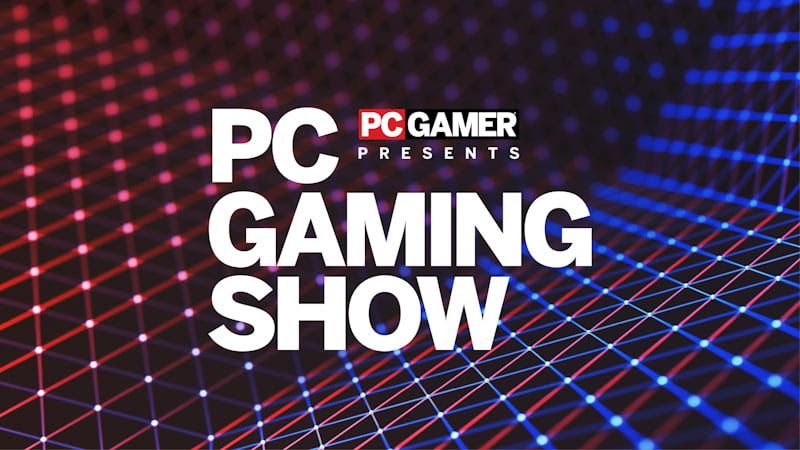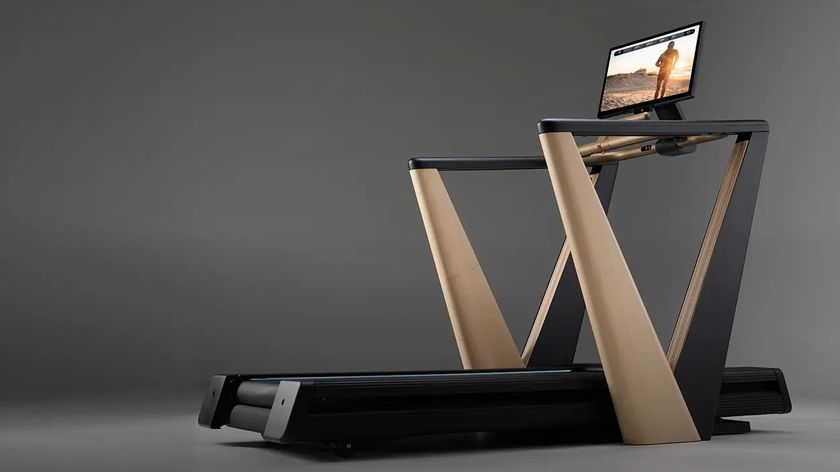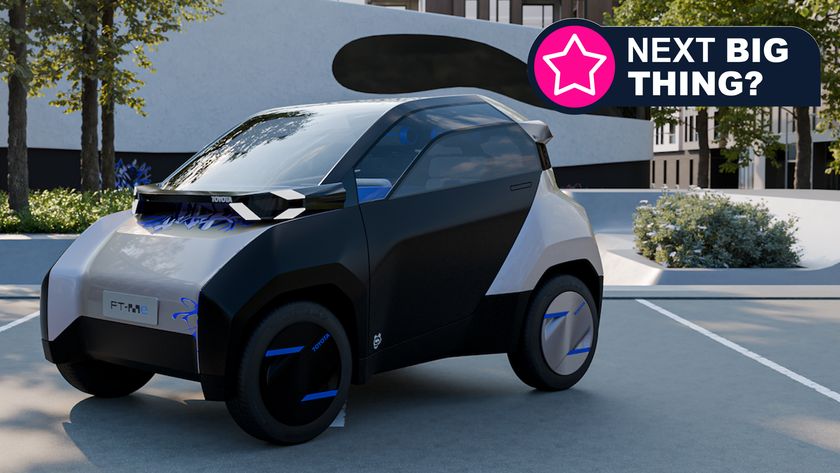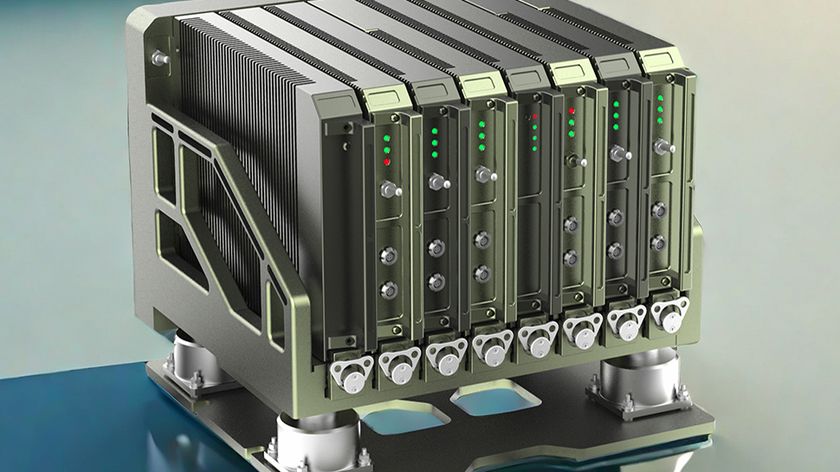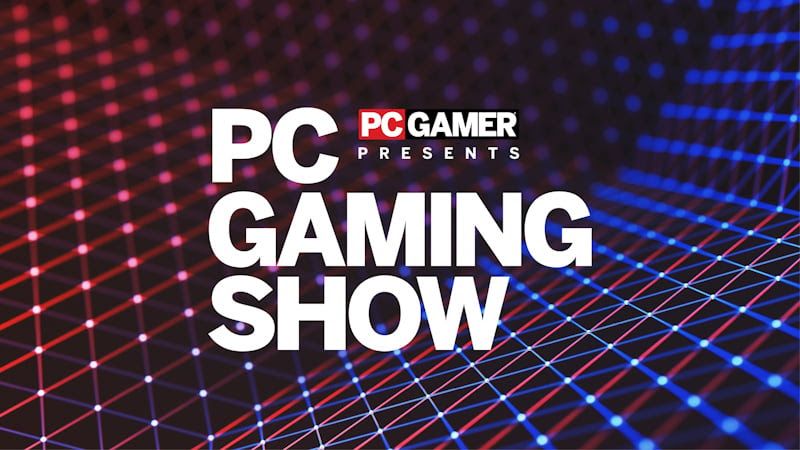Nvidia RTX Voice is great for improving sound quality on video calls – and doesn’t actually need an RTX GPU
Use this distinctly unofficial workaround at your own risk, though
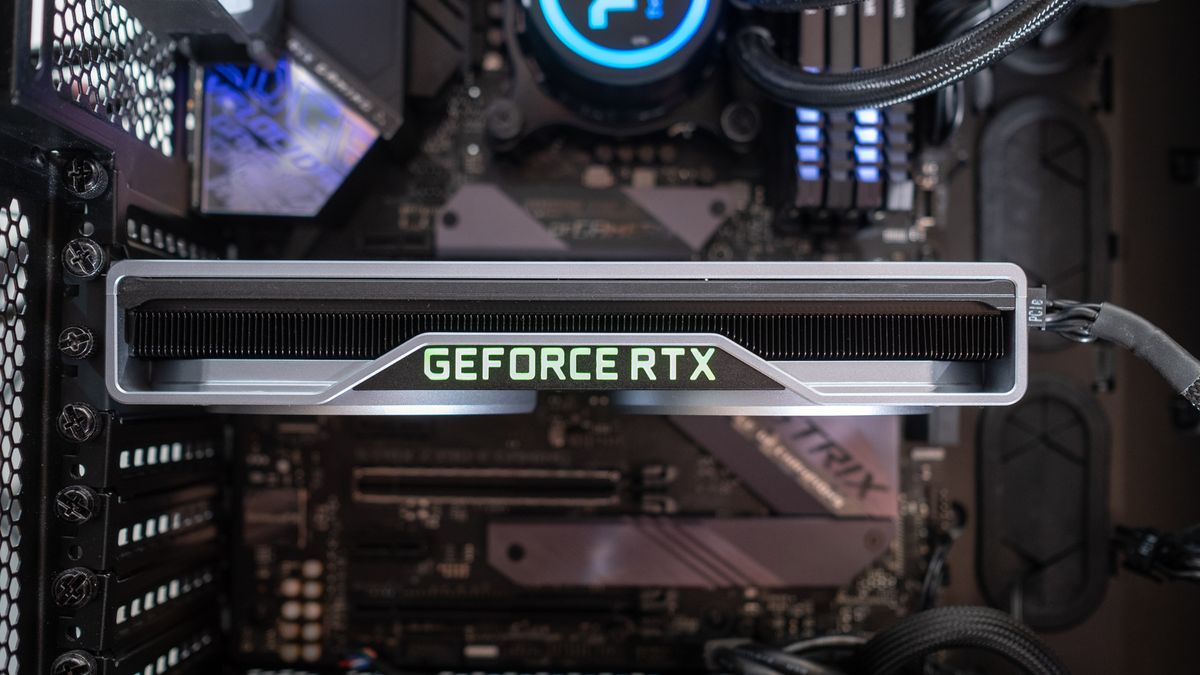
Nvidia has recently unleashed RTX Voice, a noise canceling tech for better audio quality in calls (voice or video) on your PC. As the name suggests, this is only meant to work with the hardware inside RTX graphics cards – except apparently there’s an easy unofficial workaround to get it functioning with other Nvidia GPUs (although note that results are mixed with older models).
RTX Voice is still in beta, and is designed to filter out distracting background noises in voice or video calls (or indeed streaming broadcasts), using the Tensor cores in Turing RTX (or Quadro) graphics cards to work its audio processing magic.
- Nvidia DLSS 2.0 makes GeForce RTX cards an easy sell
- Check out the best processors
- These are the best graphics cards of 2020
However, as highlighted by Tom’s Hardware, the folks over at Guru 3D (thanks to an intrepid forum denizen) have posted a method of using RTX Voice with non-RTX GPUs (and even on Windows 7 systems, apparently).
One of the major caveats (and there are few here) is that you will likely still need a modern Nvidia graphics card. The workaround has been demonstrated with GeForce GTX 1080 and Titan V GPUs, and reportedly a number of GTX 16-series and 10-series cards – but if you step back a generation to GTX 900 models, the results are unpredictable, by all accounts. That said, there are reports online of folks seeing at least some success with GPUs as old as GeForce 700 series.
As ever, your mileage may vary, and further bear in mind that this is a completely unofficial fudge, which you implement after the installation has apparently failed, so it’s all a bit clunky in that respect.
So as you might imagine, we are not recommending that you try this, and if you do so, it’s obviously at your own risk.
Removing constraints
The way it works is you download the RTX Voice beta as normal, and install the plugin, whereupon non-RTX GPU owners will be greeted by an error message stating that their graphics card doesn’t support this technology.
Get daily insight, inspiration and deals in your inbox
Sign up for breaking news, reviews, opinion, top tech deals, and more.
Now, while you might think the installation has failed at this point, and that would be that, in actual fact all the necessary files have been transferred to the installation drive in a temporary folder NVRTXVoice (C:\temp\NVRTXVoice) and are still present.
So what you need to do is find the RTXVoice.nvi file in the following folder – C:\temp\NVRTXVoice\NvAFX\RTXVoice.nvi, assuming you pointed the installer to the C: drive – and open it in a text editor (with admin privileges).
The final step is to hunt through that text file, and find the following ‘constraints’ section, and delete that completely:
<constraints>
<property name="Feature.RTXVoice" level="silent" text="${{InstallBlockedMessage}}"/>
</constraints>
Now save the text file, and run Setup.exe from that temp folder again. RTX Voice should install just fine, although whether it will work fine may depend on your exact graphics card as mentioned (with mixed results witnessed in some reported cases).
Slick tech
RTX Voice can cut out all manner of annoying background noises such as the clacking of a mechanical keyboard, or someone talking – or indeed music playing, noisy PC fans, car alarms going off outside your window, and so on (and as it’s AI-powered, it should get better with time and training). Remember that RTX Voice is still in beta, although there’s already a good deal of positive feedback out there online about how well it works.
The processing to cut out those kind of distracting noises is conducted by the graphics card, of course, and it’s unclear how much performance impact that may have if you’re running demanding apps on your PC at the same time.
More to the point, if the processing workload is being carried out by a GPU without any Tensor cores – a non-RTX graphics card, in other words – it’s not clear if there might be a much greater hit on your system performance. That will likely be the case, at least in theory, although how much more of a drag the plugin might be is unclear at this point. Obviously if you do go ahead and experiment with this workaround, performance issues are something to watch out for carefully.
Meanwhile, with news of this fudge tactic out in the wild, it probably won’t be long before Nvidia patches it out.
- Check out all the best computing components
Darren is a freelancer writing news and features for TechRadar (and occasionally T3) across a broad range of computing topics including CPUs, GPUs, various other hardware, VPNs, antivirus and more. He has written about tech for the best part of three decades, and writes books in his spare time (his debut novel - 'I Know What You Did Last Supper' - was published by Hachette UK in 2013).
